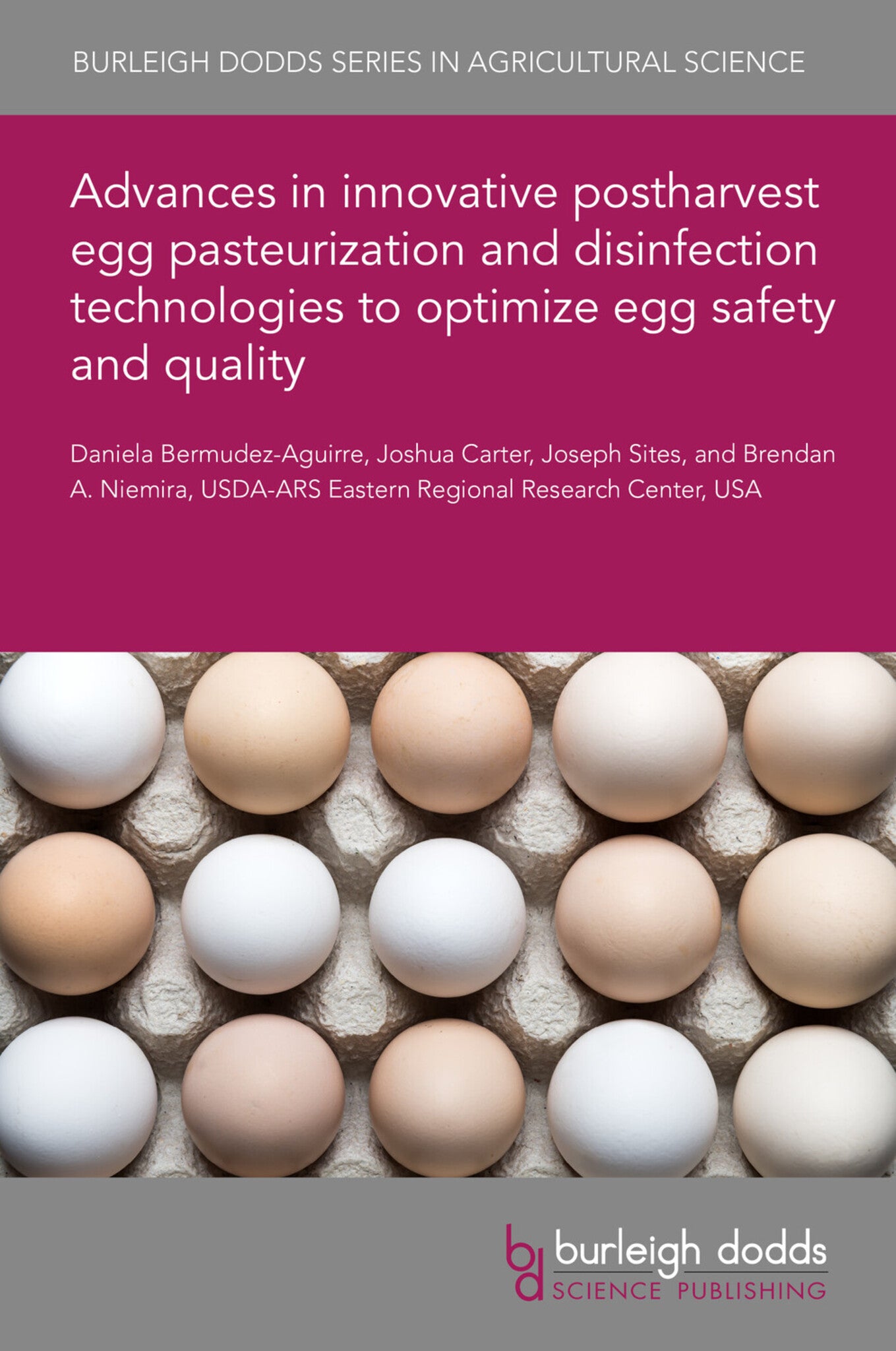We're sorry. An error has occurred
Please cancel or retry.
Advances in innovative postharvest egg pasteurization and disinfection technologies to optimize egg safety and quality

Some error occured while loading the Quick View. Please close the Quick View and try reloading the page.
Couldn't load pickup availability
- Format:
-
14 November 2025

Eggs and egg products are staple foods worldwide. The main pathogens associated with egg and egg products are Salmonella spp., Listeria monocytogenes, Campylobacter spp., Escherichia spp., and Staphylococcus spp. Composition of the egg products influence the inactivation or survival of microorganisms in response to food safety interventions. The design of sanitation interventions depends on the likely location of contamination: on the shell, inside the egg, or both. Under any of these contamination scenarios, there is a real need to evaluate food processing technologies that can ensure the microbial safety of the eggs and limit the potential of cross-contamination. These technologies must preserve the quality and functionality of shell eggs and derived egg products, such as egg albumin. This chapter presents some of the innovations in egg processing technologies to enhance safety, preserve quality, and minimize the risk of contamination in the egg industry.

TECHNOLOGY & ENGINEERING / Agriculture / Animal Husbandry, Poultry farming, TECHNOLOGY & ENGINEERING / Agriculture / Sustainable Agriculture, TECHNOLOGY & ENGINEERING / Food Science / Food Safety & Security, Sustainable agriculture, Agricultural science, Food and beverage safety

- 1 Introduction
- 2 Pasteurization and disinfection of eggs
- 3 Innovative food technologies
- 4 Nonthermal technologies
- 5 Case study: radio frequency to pasteurize in-shell eggs
- 6 Conclusion and future trends
- 7 Where to look for further information
- 8 References



